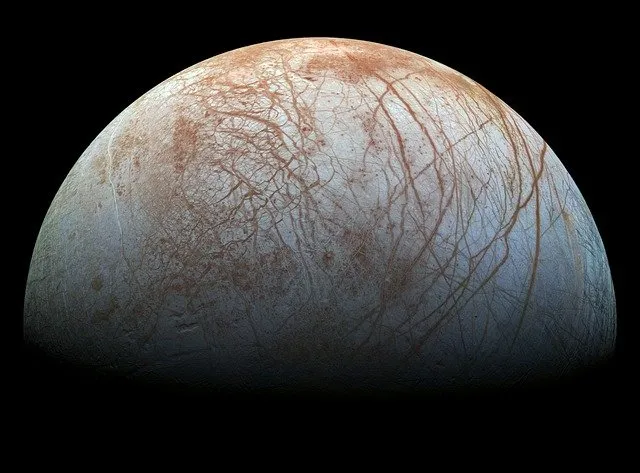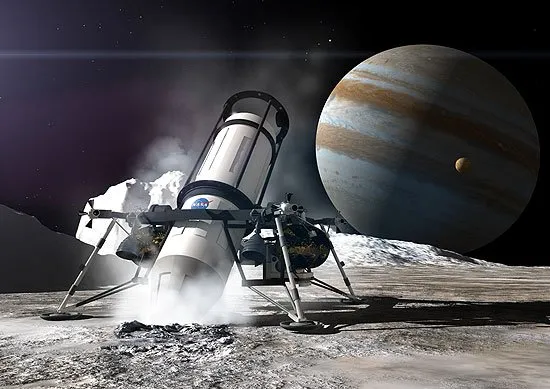
One of the biggest questions that is haunting mankind right now is whether we are alone in this universe or are there other life forms among the hundreds of billions of galaxies all spread out into the vastness of space.
The universe is so mind bogglingly vast with hundreds of billions of galaxies each with hundreds of billions of stars in them. A lot of those stars have planets revolving around them. So, you can only imagine that the chances for existing of life elsewhere is pretty high.
We have been in search for alien life for a long time. Be it microbial life or intelligent life, we have tried to find signs for extra-terrestrial life and till now, have been unsuccessful. The most promising of places we’ve looked is Mars which many believe was more like Earth some billion years ago. Excitement was at an all time high when different rovers were sent to Mars only to find no signs of life there.
Now, it seems that we have found a new worthy candidate in the search for life in space and it is one of Jupiter’s moons, Europa.
What Makes Europa Special?
Europa is the smallest moon of Jupiter and from afar it may look not too impressive; a frozen world made of rock and ice. But don’t let the looks deceive you. Inside the frozen outer crust, lies a vast ocean. It is theorised that it may contain two to three times the volume of water of Earth’s oceans.
When looking for signs of life outside Earth, among other things, scientists look for liquid water. Where there is presence of water in a sufficient amount, there are chances of life (depending on a host of other factors).
Therefore, ever since it was first postulated that Europa is probably hiding this massive reservoir of water beneath its outer crust, there has been much excitement regarding the possibility of life there.
Imagine what kind of life forms might have evolved under the thick layer of ice. Even if there are no intelligent life there and there are just ‘normal’ aquatic animals and plants, it would be a landmark achievement for mankind.
NASA’s Plans

NASA recently announced plans to send a lander to the moon to study the surface and look for biosignatures to determine whether on not life exists on the frozen moon. Scientists were sceptic at first about this feat but the engineering team have come up with innovative solutions to achieve that.
NASA plans to launch the lander into space by 2024 which will land on Europa by 2031, so it is still far off in the future but it tells us that humanity is now looking to expand it’s reaches into space especially with all the efforts concentrated towards Mars.
The lander once landed, will drill 4 inches into the icy crust of Europa to test the chemical composition of the moon and to detect any signs of life. If any organisms are found, new plans will be made to send more sophisticated landers that are capable of drilling even dipper into the crust.
It is estimated that the layer of water lies 11 miles beneath the crust, so NASA will have to find ways to be able to reach to the depth and examine the depths of Europa’s ocean.
Whether of not the mission is successful, it will provide us with a lot of data about an alien world and it will surely increase our technical know how to better equip us to look for life elsewhere in the harshest of environments.
Image Credits 1: (Taken from public domain)